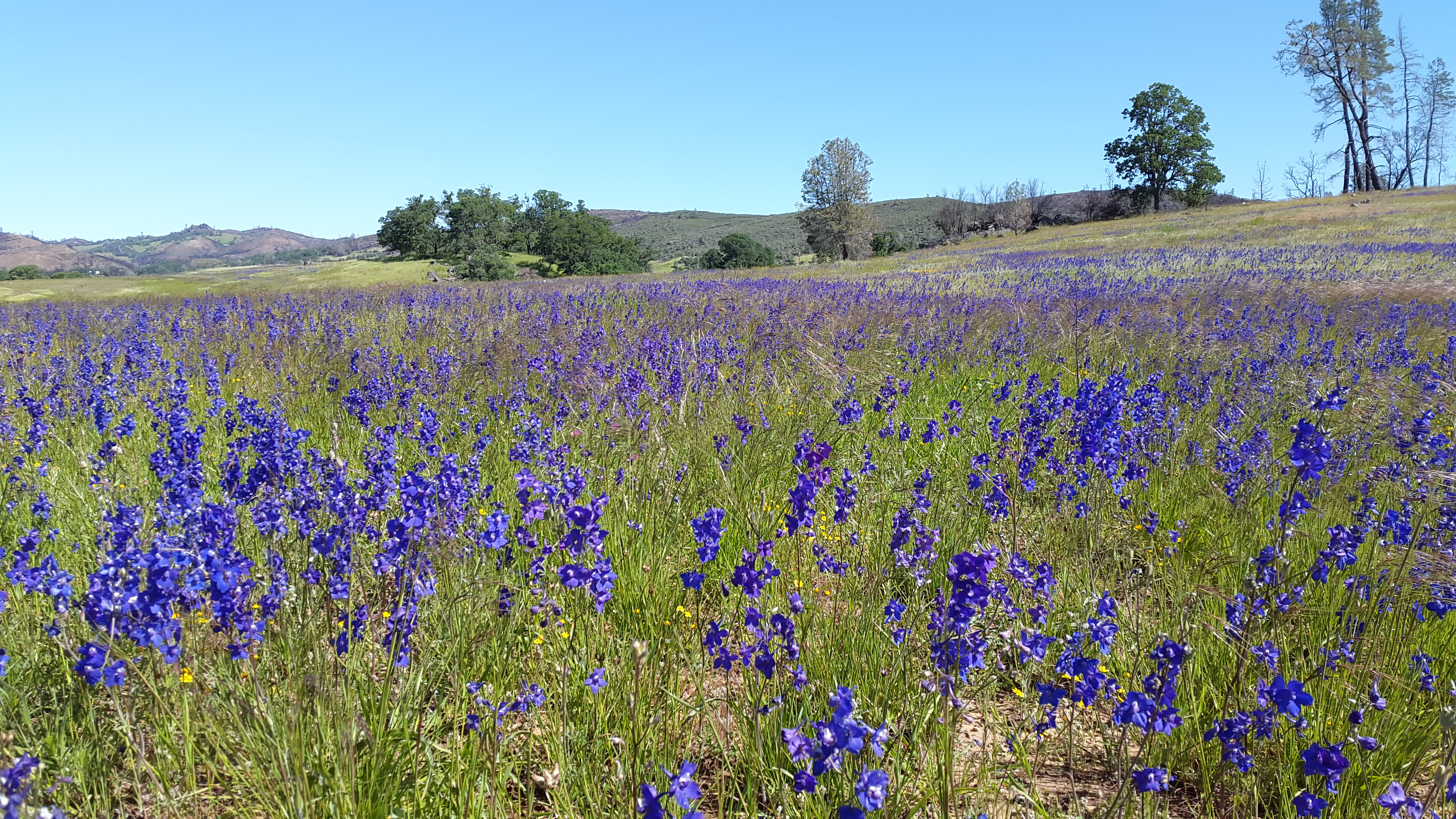Multiple Global Change Impacts in Californian Grasslands
Scientific investigators
Dr. Anu Eskelinen (PI)
Prof. Susan Harrison
Dr. Kelly Gravuer
Dr. Risto Virtanen
Prof. Jennifer Gremer
Elise Elwood (PhD student)
Prof. Stan Harpole

General description of the project:
The effects of anthropogenic climate change on plant communities are likely to depend on biotic and environmental context, and interact with other global change factors. Growing evidence suggests that multiple resources simultaneously control plant communities. Climate change effects may therefore depend on other growth limiting factors, such as soil nutrients, which can naturally vary between habitats and increase due to anthropogenic nutrient enrichment. We test the impact of multiple global changes on plant communities in a naturally heterogeneous grassland system in California. We also investigate the impacts of climate change and nutrient enrichment on plant-soil interactions, ecosystem functioning and seed bank.
Main questions:
- What is the role of resource colimitation dictating plant community changes under climate change?
- Do exotic plants benefit from multiple global changes and what is the role of biotic resistance dictating their success under global changes?
- Plant-soil interactions, microbial communities, multifunctionality
- Seed bank
Publications:
- Eskelinen, A. & Harrison, S. 2015. Resource co-limitation governs plant community responses to altered precipitation. Proceedings of the National Academy of Sciences 112: 13009 - 13014.
- Gravuer, K., Eskelinen, A. 2017. Nutrient and rainfall additions shift phylogenetically estimated traits of soil microbial communities. Frontiers in Microbiology 8, art 1271.
- Eskelinen, A. & Harrison, S. 2014. Exotic plant invasions under enhanced rainfall are constrained by soil nutrients and competition. Ecology 95: 682-692.
